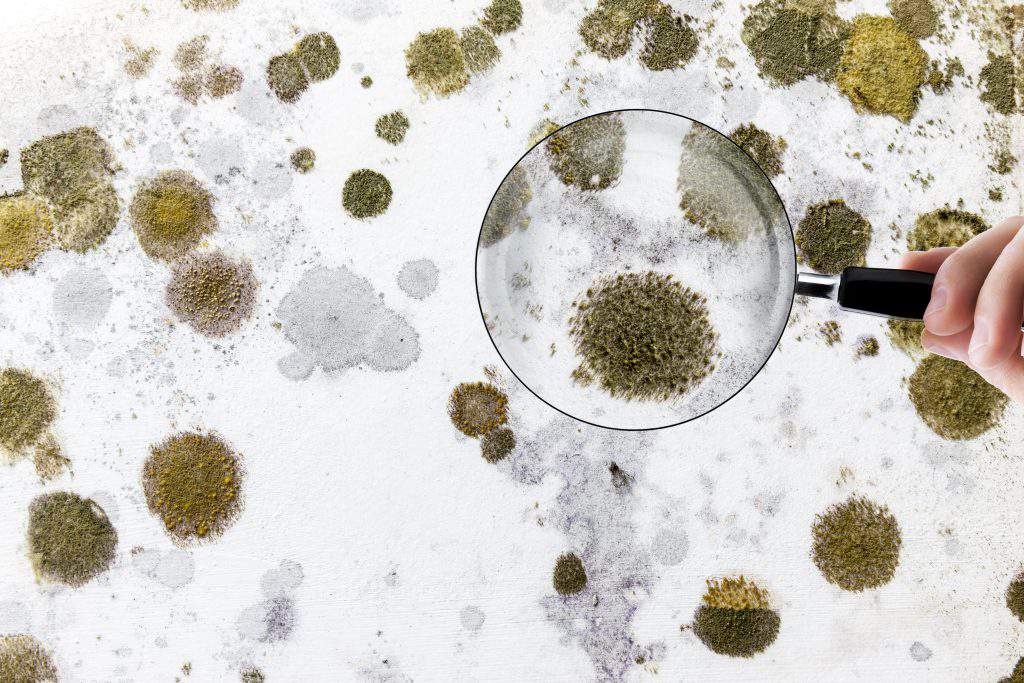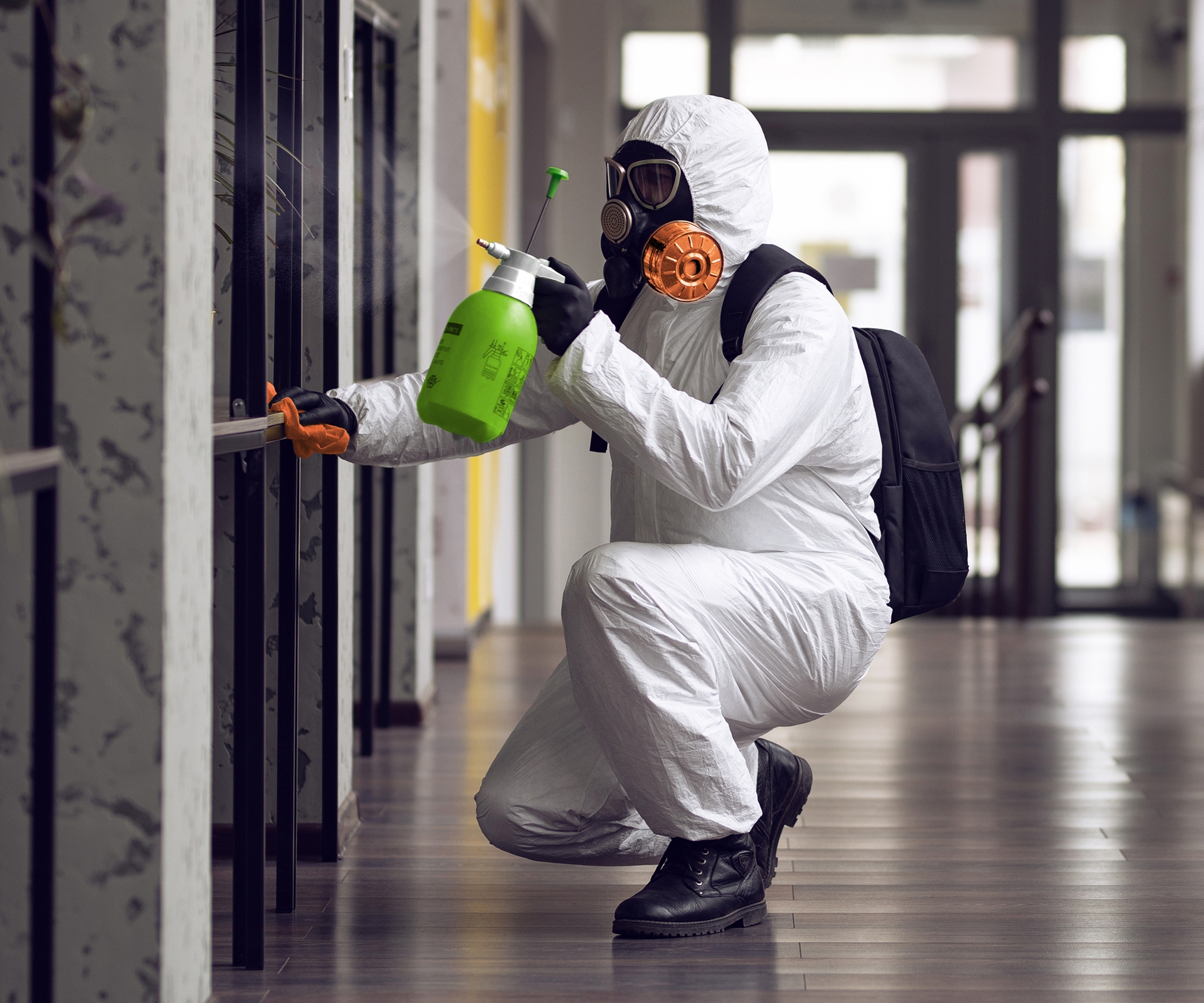Your Ultimate Guide to Blog Post Mold Removal Methods
Navigating the realm of post-mold remediation techniques is a meticulous process that requires interest to information and a thorough understanding of the details included. In the consequences of mold invasion, knowing how to properly get rid of the mold and mildew and stop its reoccurrence is extremely important for keeping a healthy interior environment. From selecting the ideal cleaning and decontaminating approaches to executing strategies for lasting mold prevention, each action in the remediation trip plays a critical function in making sure a successful end result. As we start this exploration of post-mold remediation methods, we will certainly discover the vital methods and finest practices that can aid you restore your area to its pre-mold condition and guard it against future mold and mildew dangers.
Comprehending Post-Mold Removal Refine
After finishing the mold and mildew removal process, it is vital to comprehend the post-mold remediation strategies that are required to make sure a extensive and effective cleanup. As soon as the mold has actually been gotten rid of, the following step entails cleansing and decontaminating the influenced locations to avoid any kind of regrowth of mold and mildew. This consists of utilizing specialized cleaning representatives to clean down surface areas and eliminate any remaining mold and mildew spores. It is necessary to dry out the location completely to discourage the development of mold and mildew in the future (testing air quality after mold remediation). Appropriate ventilation and dehumidification can assist in this process.
In addition, performing a final assessment post-remediation is essential to ensure that all mold and mildew has actually been efficiently eradicated. If the inspection exposes any sticking around mold, extra remediation might be necessary.
Efficient Cleaning Up and Sanitizing Techniques

Stopping Future Mold Growth

Value of Proper Air Flow
Appropriate air flow plays a crucial function in avoiding moisture buildup, an essential element in mold and mildew development within interior environments. Effective ventilation systems help remove excess humidity from the air, decreasing the opportunities of mold and mildew spores locating the moisture they need to spread and germinate. Without sufficient ventilation, indoor rooms can come to be a breeding place for mold and mildew, leading to potential health and wellness dangers and architectural damage.
By ensuring appropriate air flow, air flow systems can additionally aid in drying out damp areas quicker after water damages or flooding occurrences, additionally deterring mold and mildew growth. Post Mold Remediation Report. In rooms like washrooms, attics, cooking areas, and basements where moisture degrees often tend to be greater, mounting and keeping efficient air flow systems is vital in protecting against mold problems

Surveillance and Upkeep Tips
Given the important duty that proper air flow plays in preventing mold development, it is important to develop effective monitoring and maintenance suggestions to make sure the ongoing performance of air flow systems. Normal assessments of ventilation systems need to be conducted to inspect for any type of indications of blockages, leakages, or breakdowns that could restrain correct air movement. Surveillance humidity degrees within the property is likewise important, as high humidity can add to mold growth. Setting up a hygrometer can help track moisture levels and alert homeowners to Post Mold remediation cleaning any spikes that might require focus. In addition, making sure that air filters are frequently cleansed or replaced is important for maintaining the efficiency of the air flow system. Executing a timetable for routine upkeep jobs, such as air duct cleaning and a/c system evaluations, can assist stop problems before they intensify. By remaining proactive and conscientious to the condition of air flow systems, property proprietors can effectively minimize the risk of mold and mildew regrowth and maintain a healthy indoor environment.
Conclusion
To conclude, post-mold removal techniques are vital for making certain a risk-free and tidy atmosphere. Recognizing the procedure, applying efficient cleansing and disinfecting approaches, protecting against future mold and mildew development, preserving appropriate ventilation, and normal tracking are all crucial action in the removal procedure. By complying with these standards, you can efficiently eliminate mold and stop its return, functioning or advertising a healthy living space for all owners.
In the consequences of mold and mildew problem, understanding exactly how to successfully eradicate the mold and prevent its reoccurrence is extremely important for preserving a healthy and balanced indoor atmosphere. As soon as the mold has been eliminated, the next step entails cleaning and decontaminating the affected locations to prevent any type of regrowth of mold and mildew - what to do after mold remediation. After removing visible mold and mildew growth, it is essential to clean all surface areas in the affected area to eliminate any continuing to be mold and mildew spores. To additionally enhance mold prevention actions, it is vital to deal with underlying issues that originally led to mold and mildew growth.Offered the vital role that appropriate air flow plays in preventing mold development, it is necessary to establish efficient surveillance and upkeep pointers to make sure the continued performance of ventilation systems